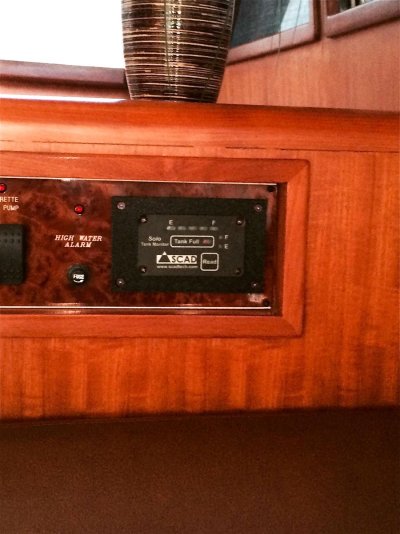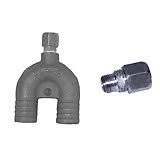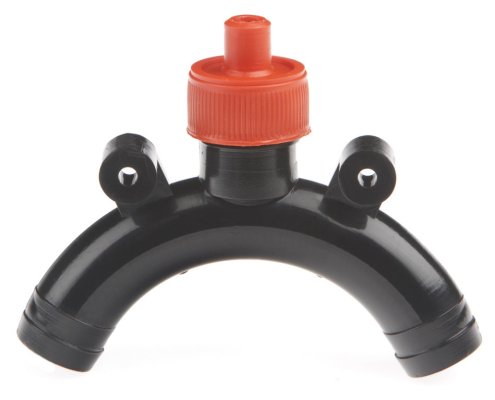menzies
Guru
Before we left on this cruise I replaced my filter with a Dometic filter, see pic below
I noticed after that, on a flush, air was bubbling out the through hull for the macerator once the through hull was left open after leaving the States. Air only as there is a big loop in the hose prior to discharge.
So clearly the tank was venting through the macerator and not the vent. I checked the filter and owners manual to make sure that it didn't have arrows on it showing a one way flow so I might have put it on backwards - it does not seem to matter which way it goes on.
We are off shore tomorrow so I will pump out the holding tank and get rid of all the pressure. Then I am going to remove the filter and put my small compressor on the hose from the filter to the hull vent to make sure that is not blocked.
Questions: those with this filter, can you confirm that it does not matter which way it goes on?
Secondly, any other thoughts as to the issue?
I noticed after that, on a flush, air was bubbling out the through hull for the macerator once the through hull was left open after leaving the States. Air only as there is a big loop in the hose prior to discharge.
So clearly the tank was venting through the macerator and not the vent. I checked the filter and owners manual to make sure that it didn't have arrows on it showing a one way flow so I might have put it on backwards - it does not seem to matter which way it goes on.
We are off shore tomorrow so I will pump out the holding tank and get rid of all the pressure. Then I am going to remove the filter and put my small compressor on the hose from the filter to the hull vent to make sure that is not blocked.
Questions: those with this filter, can you confirm that it does not matter which way it goes on?
Secondly, any other thoughts as to the issue?
Attachments
Last edited:


 If you can't get enough air in via vent by increasing size, adding a second vent, straightening it out, etc - all recommendations by Peggie
If you can't get enough air in via vent by increasing size, adding a second vent, straightening it out, etc - all recommendations by Peggie






 Good luck getting this system working well.
Good luck getting this system working well.